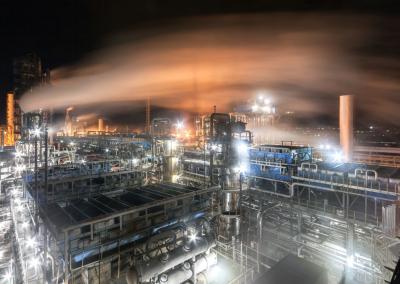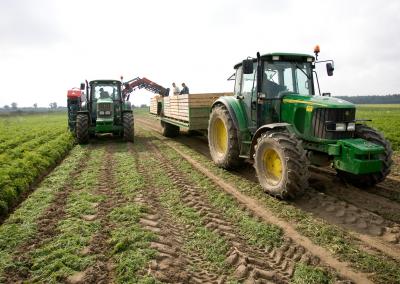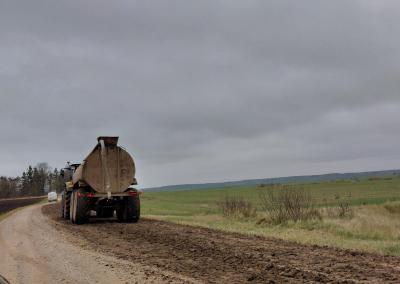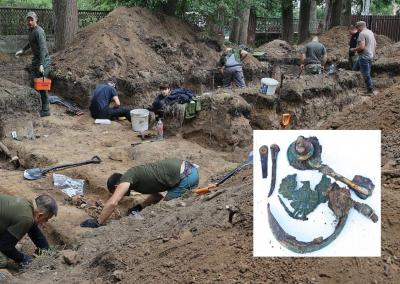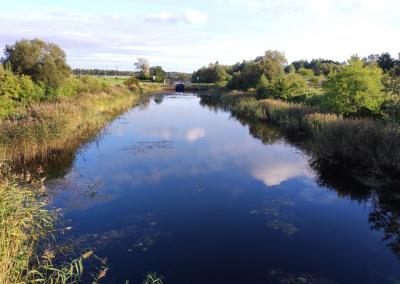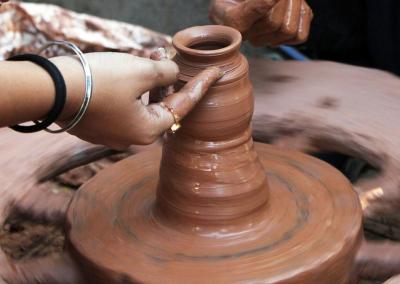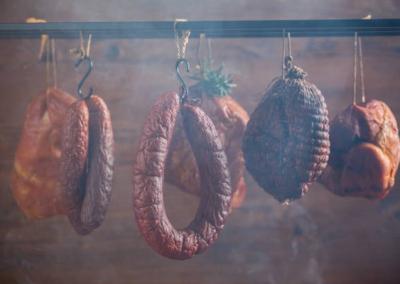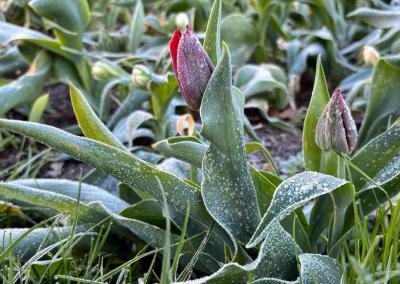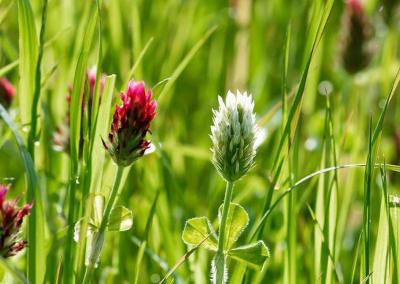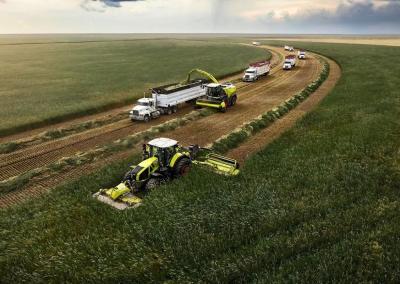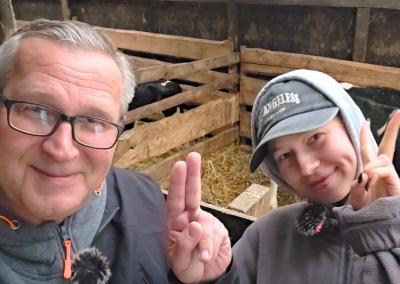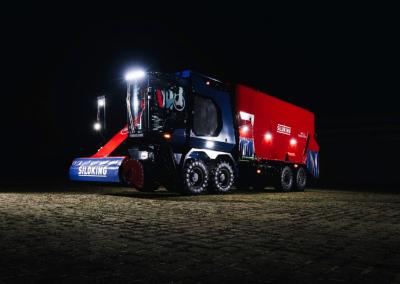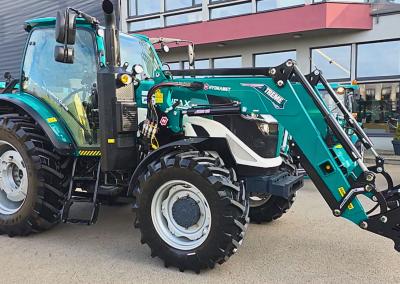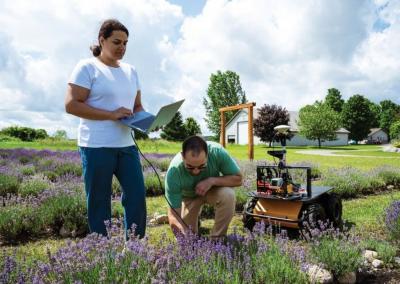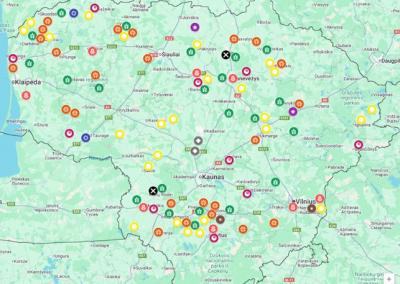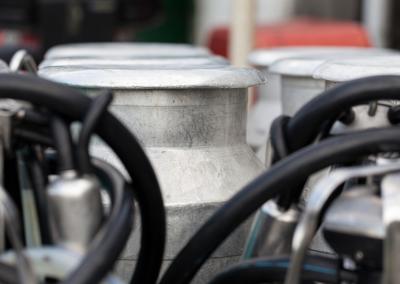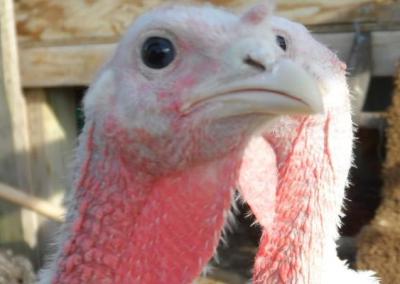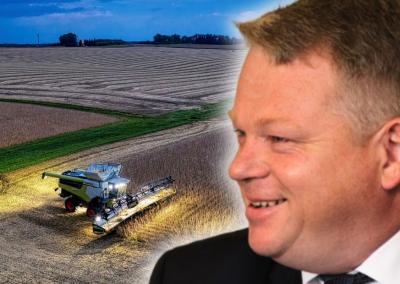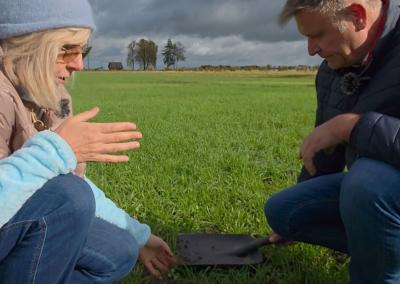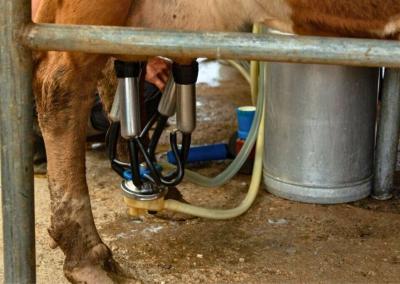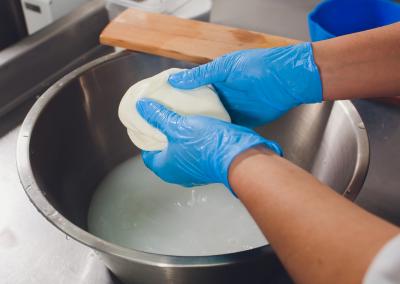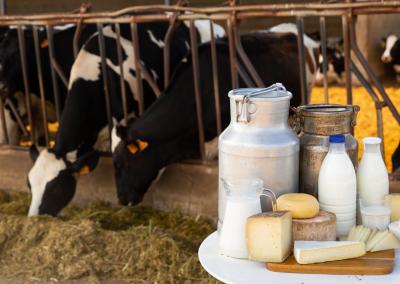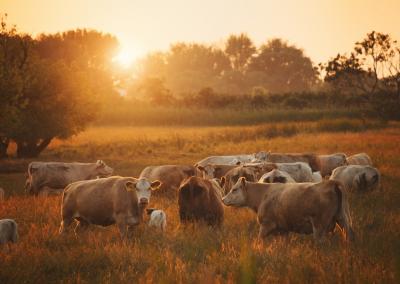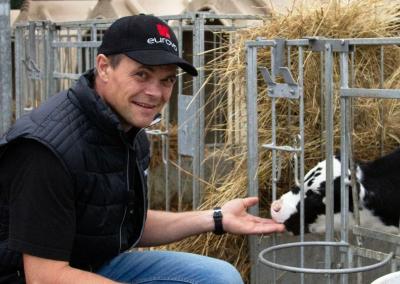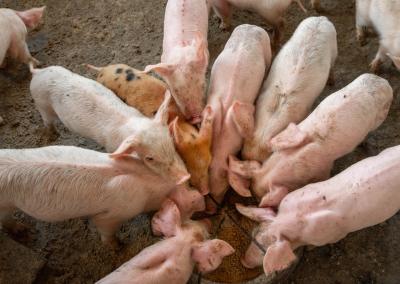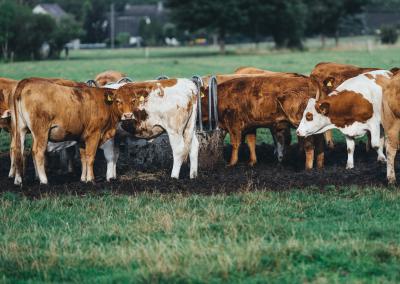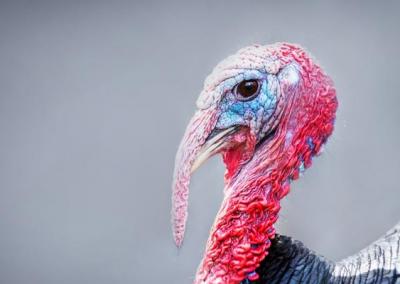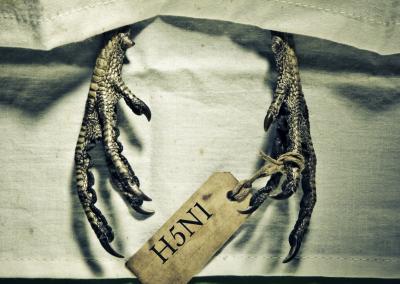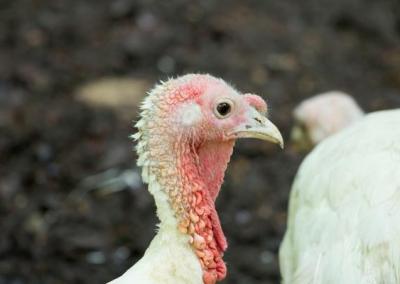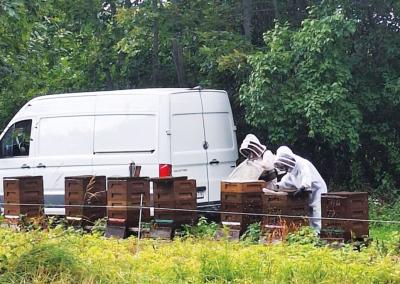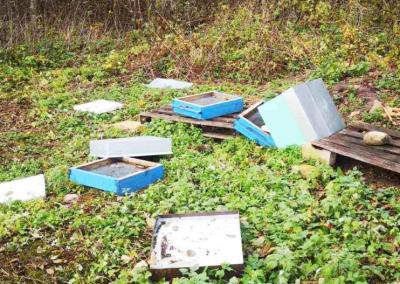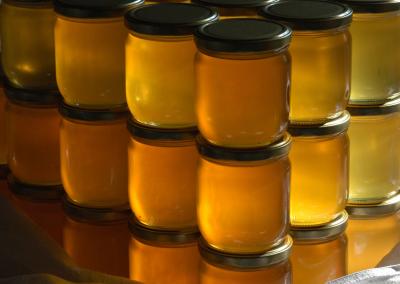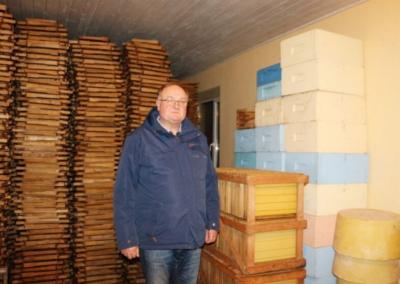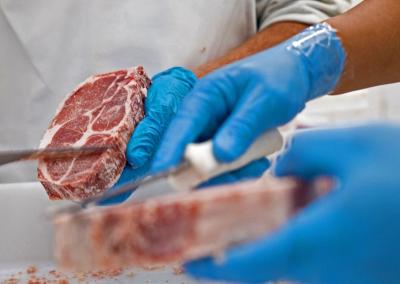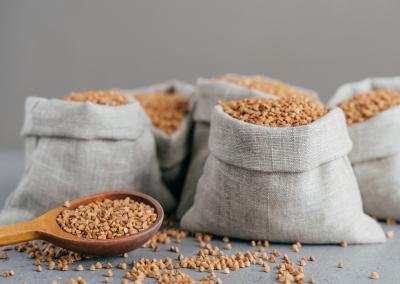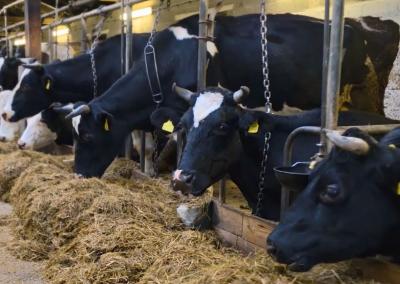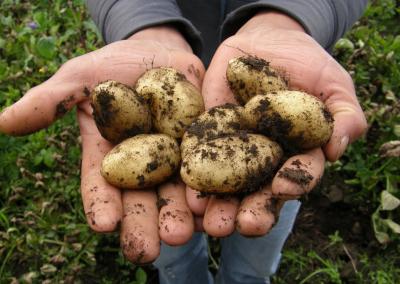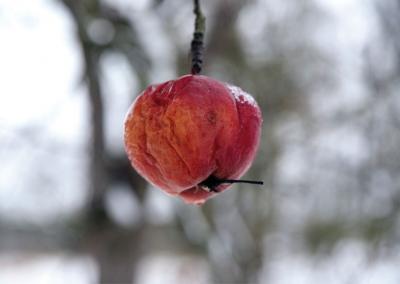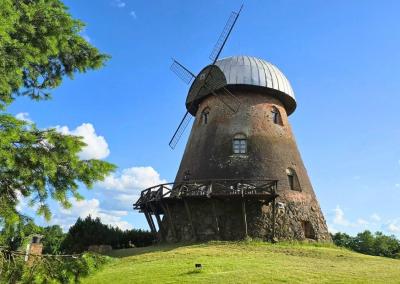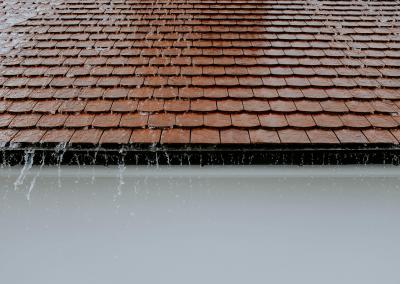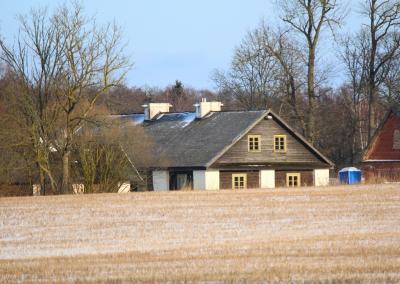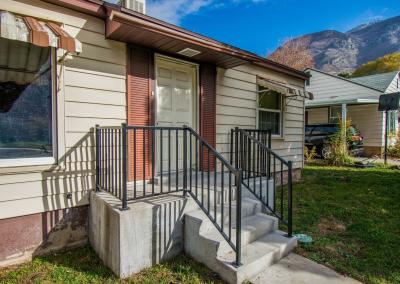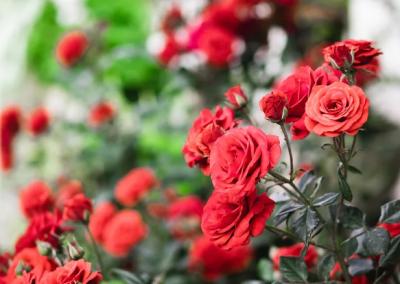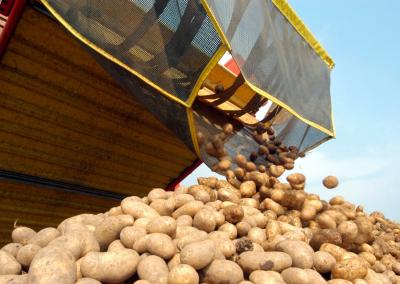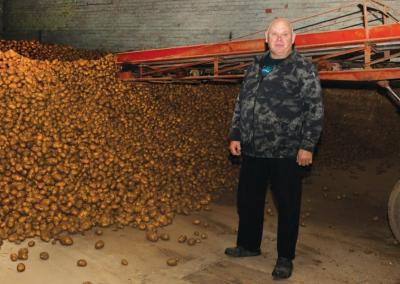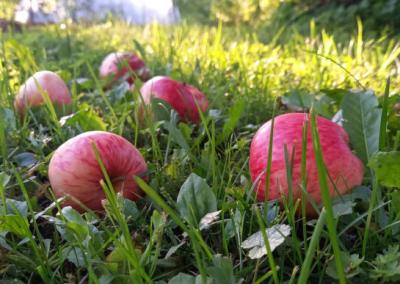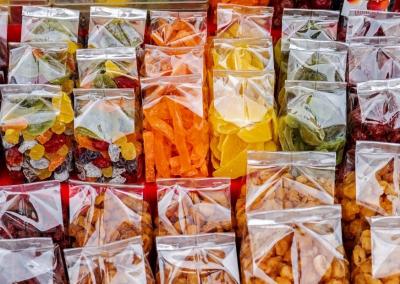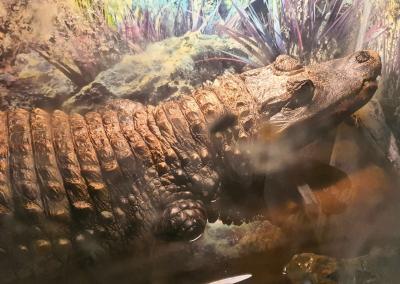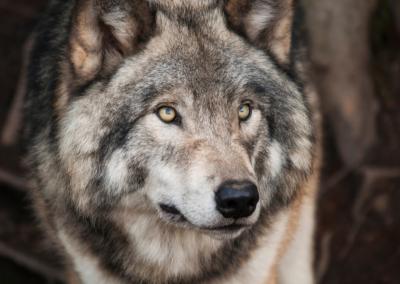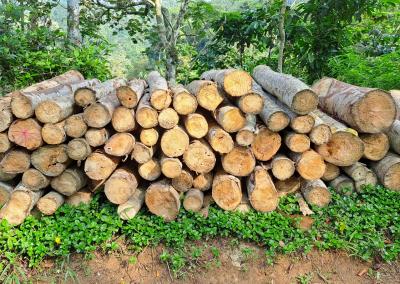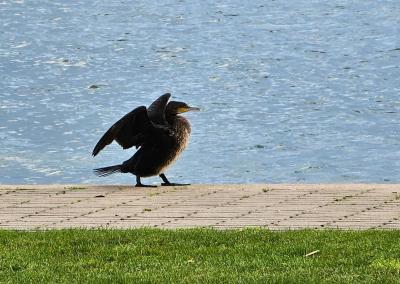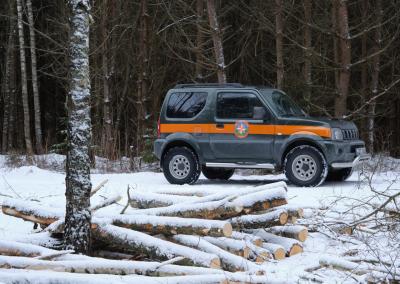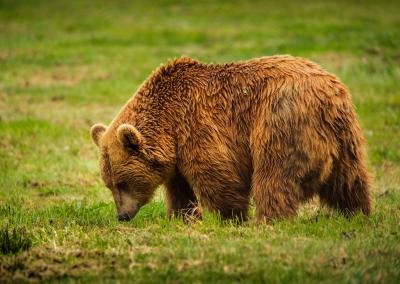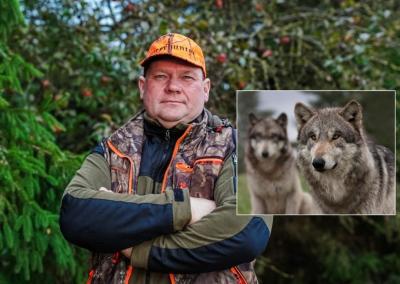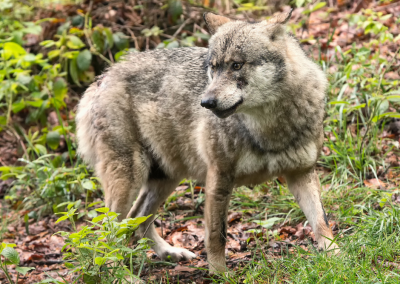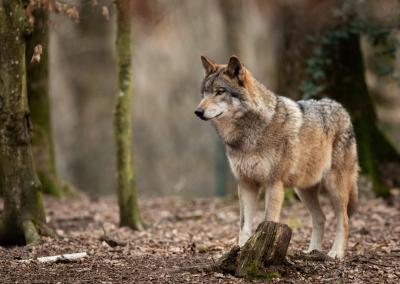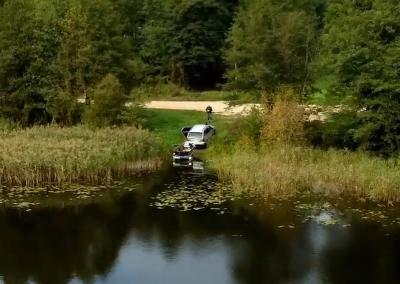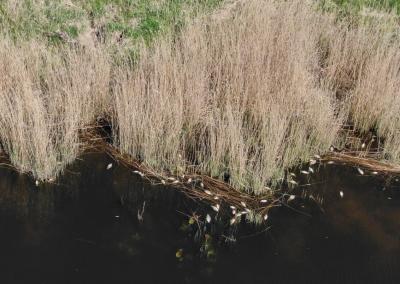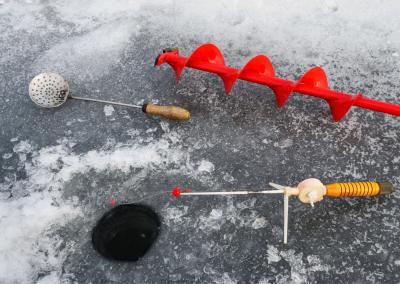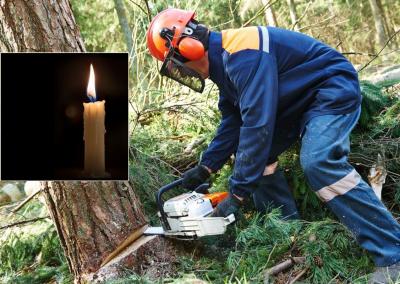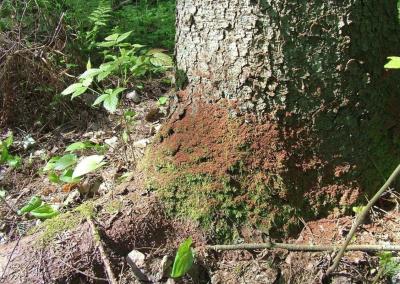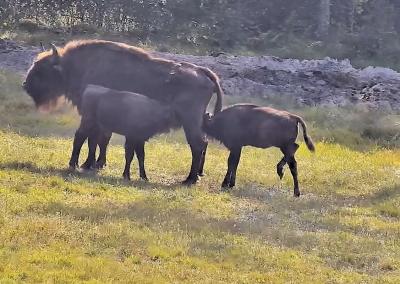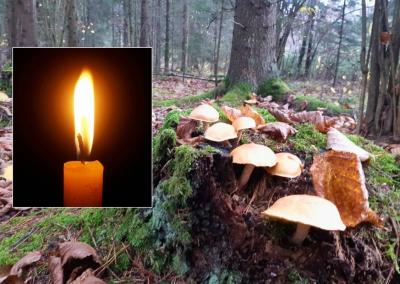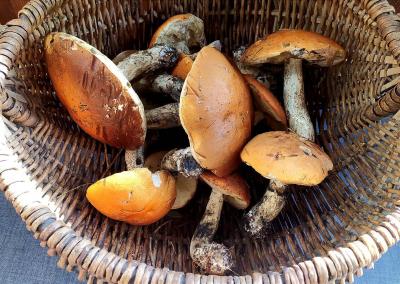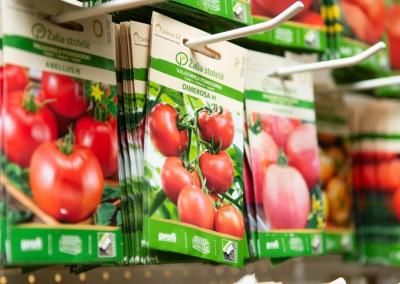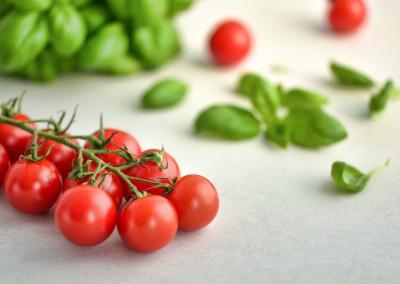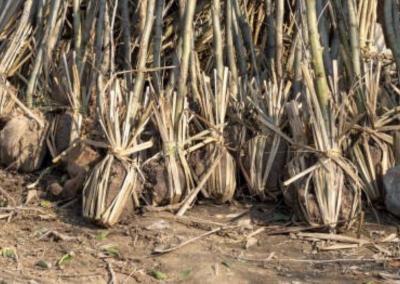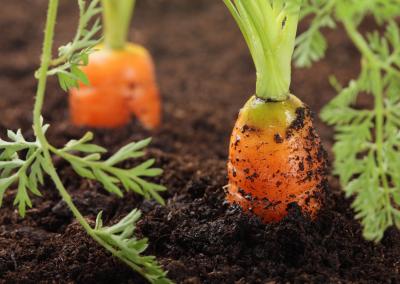Growing honeysuckles
What's good for honeysuckle
Honeysuckle is worth growing in the garden, if only because its blue, elongated berries are rich in health benefits (calcium, manganese, carotene, phosphorus, ascorbic acid, vitamins P, B1, B2, folate, potassium, iodine, iron, sodium, magnesium, copper). Honeysuckle berries remove harmful compounds from the body, improve vascular and cardiac function, help bones, digestion and the thyroid gland, and treat diabetes and colds. Both fresh, frozen and dried honeysuckle berries have beneficial effects on the body.
Honeysuckle shrubs can withstand frosts of up to –50° C in winter, and in spring, during flowering, honeysuckles are not afraid of frosts of up to –7° C. A honeysuckle shrub can grow in one place for 30 years. The first berries can be tasted in the second year after planting. The honeysuckle starts to fruit in early spring, even earlier than garden strawberries.
Another important function of the honeysuckle – it is very suitable for creating hedges. For these purposes, it is better to choose taller varieties that grow up to 2.5 m.
When to plant honeysuckles
Honeysuckles can be planted in spring or autumn (late September/early October, one month before the onset of stable frosts). In spring, after the snow has melted, this shrub wakes up immediately – so you may not have time to plant it. However, closed-root seedlings root well in any warm season.
Where to plant honeysuckles
Honeysuckle grows well in part sun, part shade, sheltered from the wind and free from stagnant water. Waterlogged and heavy soils are not suitable. At higher elevations with sandy soils, they will suffer from a lack of moisture and will need to be watered very frequently. In too open a place the berries will be bitter and in full shade sour. For honeysuckles, it is better to choose a level site with fertile soil.
The optimum soil acidity for honeysuckles should be pH 4.5–7.5. The water table should be less than 1 m below ground level. Alkaline soils should preferably be acidified and strongly acid soils should be limed before planting.
Preparing seedlings for planting
When buying honeysuckle seedlings, choose different varieties but flowering at the same time. As honeysuckle flowers are bisexual but self-sterile and require cross-pollination. Therefore, the more different varieties of honeysuckle that grow in one garden, the higher and better the yield. If you plant several honeysuckle trees of the same variety, you will have very few berries, despite the abundant flowering.
For planting, it is best to choose biennial seedlings that are 30-40 cm tall, with 2-3 branches and healthy-looking branches and buds. Also note the development of the root system.
Soak seedlings with an open root system for 6 hours in Root Formation Stimulator solution. This will speed up the rooting of the honeysuckle and encourage the formation of new young roots. In the case of seedlings with a closed root system, water heavily before planting. If the roots are very tangled and difficult to straighten, soak the plants in water or root stimulator solution for a few hours. Otherwise, a seedling with tangled, twisted roots will develop very slowly.
Preparing planting holes for honeysuckles
The root system of a honeysuckle tree is located in the top layer of the soil and grows in width, slightly exceeding the diameter of the crown. If the soil on the site is reasonably fertile, dig a planting hole 40 cm deep and 50–60 cm in diameter. When the humus layer in the soil is low, increase the diameter of the hole to 1 m. The distance between the holes should be 2.5-3 m for tall varieties or 1.5-2 m for dwarf varieties.
It is preferable to add a drainage layer of broken bricks, expanded clay or crushed stone at the bottom of the hole. This is particularly important if the soil on the site is very clayey.Fill the hole with a mixture of fertile soils – humus and peat (1:1). Alternatively, another mixture can be made from acidified raised bog peat, vermicompost and sod (1:1:3). The mixture can be fertilised with 50 g of superphosphate and 20 g of potassium sulphate, with stirring. Afterwards, water generously.
Planting the seedlings
Make a small mound in the centre of the potting mix in the planting hole, place the seedling on it and gently straighten the roots. Then add a small amount more of the fertile soil/water mixture to ensure that the soil sticks tightly to the roots. Then add a little more soil mix to the hole, deepening the root collar of the seedling by 3-4 cm.
Water the planted shrub generously. To prevent water from going elsewhere, a mound of earth can be made around the edge of the planting hole. Root formation stimulant can be added to the water to water the planting.
Immediately after planting and watering, the soil around the seedling should be mulched. This can be done with shredded bark, rotten sawdust, hay, a mixture of peat and compost. Mulching will help retain moisture in the root zone and stabilise the soil temperature, thus speeding up honeysuckle establishment.
Hardwood care
Watering. If the weather is warm and sunny in the weeks following planting, the honeysuckles will need to be watered with settled, sun-warmed water – 2 buckets per shrub. And make sure that the ground under the shrubs does not dry out.
Later on, during the budding and ripening period, experienced gardeners recommend 5 to 6 generous waterings, with at least 4 buckets of water under each bush. After each watering, a renewed layer of peat or grass mulch should be applied to ensure long-term moisture retention in the root zone.
Fertilisation During the growing season, honeysuckles are usually fertilised several times. The first time – during the flowering phase – with a chlorine-free mineral fertiliser. The second fertilisation is carried out through the roots after the harvest, by applying superphosphate (100 g per honeysuckle). The third fertilisation of honeysuckles is carried out at the beginning of autumn, either with tree ash (1 kg of ash : 10 l of water, left to settle for 2 days, then sieved, divided between 2 bushes) or with a nitrogen-free fertiliser.

